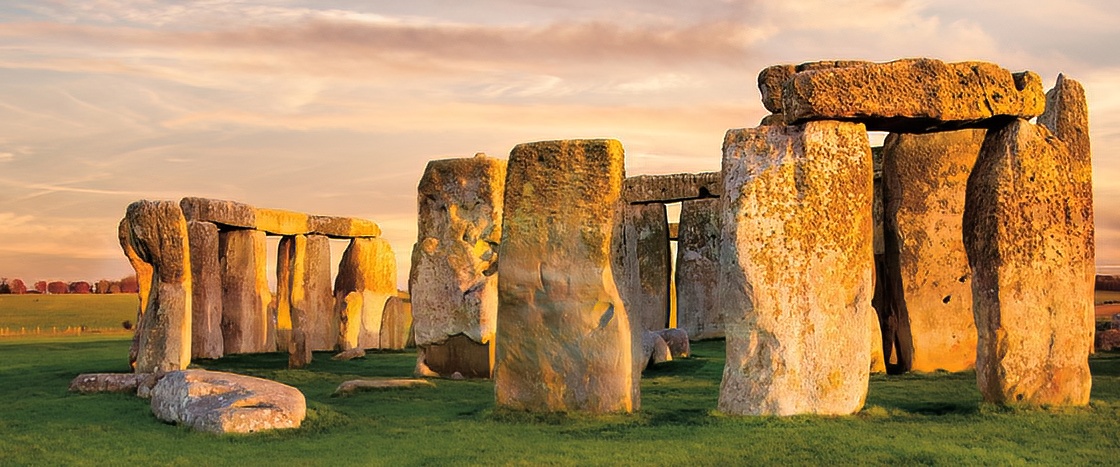More than 4,000 years ago in what is now England, prehistoric people began an astonishing construction project. The builders had no metal tools, horses, or wheels. But somehow, for some unknown reason, they gathered massive 20-ton stones and arranged them vertically in a circle. Then they managed to drag the 2-ton stone blocks across 175 miles and added them to the monument. Today, we call this strange and awe-inspiring stone circle Stonehenge.
Recently, photographer Martin Edström partnered with National Geographic to capture Stonehenge in augmented reality, or AR. That way, people around the world can use an app on their phone to see it up close in 3-D, like a digital tour.
More than 4,000 years ago, prehistoric people started to build something amazing. They lived in an area that is part of England today. The builders did not have metal tools. They also didn’t have horses or wheels. But somehow, they gathered huge stones. Each stone weighed 20 tons! The builders arranged the stones vertically in a circle. Then they dragged more stone blocks across 175 miles. These blocks weighed 2 tons each. The builders added them to the circle. No one knows why they did it! Today, we call this stone circle Stonehenge.
Martin Edström is a photographer. He recently worked with National Geographic to capture Stonehenge in augmented reality, or AR. Now people around the world can use an app on their phone to see the site up close in 3-D. It’s like a digital tour!

